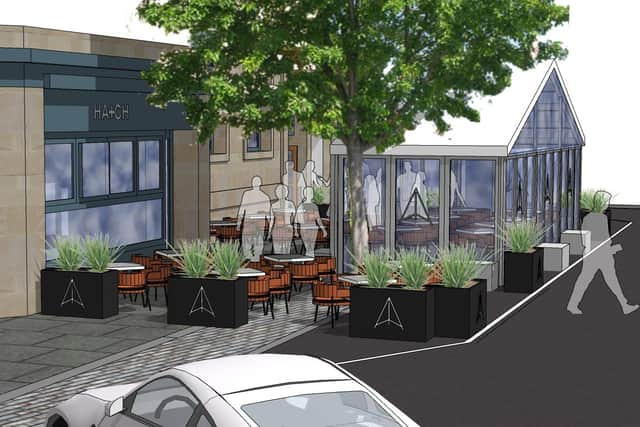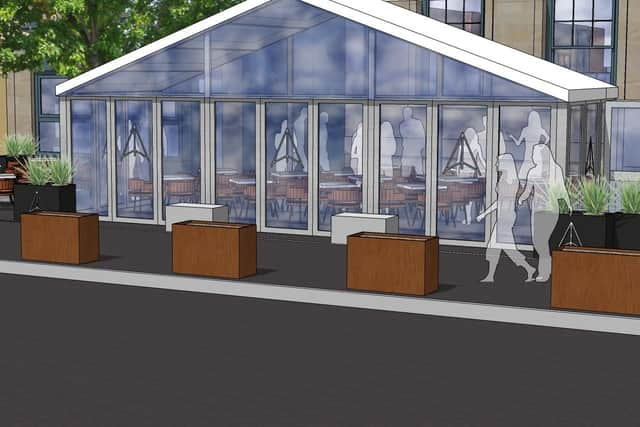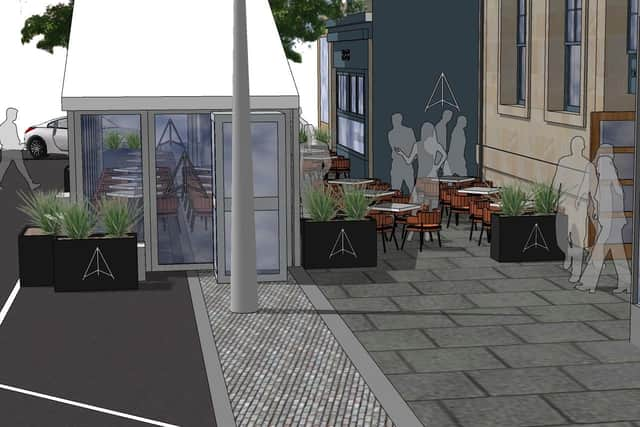St Andrews restaurant plans to erect marquee for outdoor dining
and live on Freeview channel 276
The Adamson is seeking temporary permission for a two-year period to change the use of the pavement outside the restaurant in the town’s South Street.
During the Covid-19 pandemic, The Adamson obtained permissions from the Council for use of the pavement under the South Street ‘Spaces for People’ scheme – and is now seeking to continue to make use of the area while creating a more visually appealing setting.
Advertisement
Hide AdAdvertisement
Hide AdIn a design statement submitted along with the plans, Jack Fisher Partnership (JFP), acting for the applicants, explains that The Adamson erected a 4x8 metre marquee from late summer 2020 in response to the pandemic and the relaxations offered by Fife Council to allow businesses to utilise outdoor space.


This allowed social distancing and helped the business during challenging trading conditions.
The marquee used was of heavy duty domestic or light commercial quality and served adequately in the pandemic. It has now been taken down, with part of the pavement clear open space, and part in use for outdoor dining.
JFP states that the current proposal is for a 3x9 metre, high-quality commercial marquee, which would be more appropriate visually to the town centre setting.


Advertisement
Hide AdAdvertisement
Hide AdIn the statement, JFP says: “Consent is only sought for two years to reflect the uncertainty over whether the Spaces for People pavement extension is to be made permanent.
"It is hoped that this marquee will demonstrate the positive benefit to creating a vibrant street scene that the Spaces for People can provide.”
JFP’s statement highlights the results of surveys of the people’s views on the Spaces for People in Cupar and St Andrews, with a majority of respondents (53 per cent) indiacting they would be in favour of the measures to be made permanent.


The Adamson was founded in 2012 by the Dalton family. The historic property was originally home to the Adamson family in the early 1800s. Their eldest son, Dr John, was a physician and pioneer photographer, who took the first calotype portrait in Scotland in 1841.
